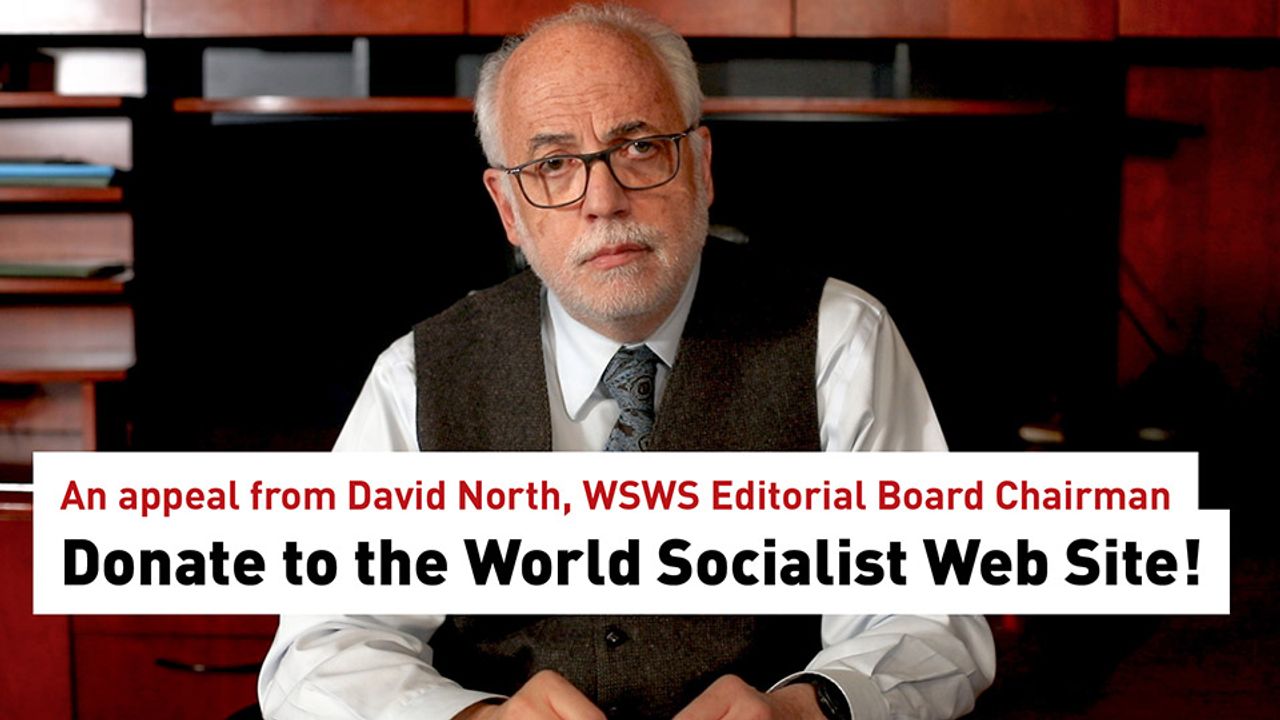Cesar Uco
Protests have continued in Bolivia this week after demonstrators blockaded highways and marched on the country’s Supreme Electoral Tribunal (known by its Spanish acronym, TSE) on December 6 over the TSE’s decision to place President Evo Morales on the ballot for the 2019 election. The action effectively overrides the popular vote in a national referendum held on February 21, 2016, that rejected Morales’s bid for a fourth consecutive term.
The protest was organized by the Committee in Defense of Democracy (CONADE), which is led by the Central Obrera Bolivian (COB) union federation and the Higher University of San Andres—Bolivia’s leading university—as well as various civic and human rights organizations.
While the protests have brought teachers, workers and doctors to the streets, right-wing opponents of the government have also rallied behind them, raising slogans denouncing Morales for attempting to turn Bolivia into a “dictatorship like Venezuela.”
The action by Morales in overriding the referendum has allowed the right to masquerade as a champion of democracy in a country that has historically been identified with fascistic military dictatorships.
Morales called the 2016 referendum with the expectation that he would emerge victorious. The constitution that he had himself promoted in 2009 limited presidents to two consecutive five-year terms.
After losing, he had no intention of respecting the popular vote and set about manipulating the judiciary, controlled by his ruling Movimiento al Socialismo (MAS), to ensure that his name would be included in the list of candidates for the presidential elections to be held next year.
On December 4, the six-member Supreme Electoral Tribunal (TSE), the organism responsible for supervising the 2016 referendum, voted to allow the inscription of Evo Morales’s MAS and seven other political organizations on the ballot. The decision, with two voting against, validated a 2017 ruling by the country’s supreme court (the TCP) that invoked a section of the American Convention on Human Rights, saying there should be no restriction on elections, to justify overriding the constitution and the referendum results.
Morales’s leading opponent in next year’s election is Carlos Mesa, who was the president that preceded Morales from 2003 to 2005, when he was driven from office by mass protests of tens of thousands of Bolivians in a protracted period of social upheaval known as Bolivia’s “gas war,” begun over the government’s negotiations with transnational energy corporations to exploit the country’s gas reserves, which account for 45 percent of the country’s exports. Carlos Mesa was seen as a puppet of foreign capitalist interests.
Evo Morales, of Aymara origin, was first elected president 13 years ago on January 22, 2006, with 54 percent of the votes. He won his second and third term in 2009 and 2014, both times with over 60 percent of the vote
Morales’s government was promoted by the pseudo-left and proclaimed part of the “pink tide” that stretched from Lula in Brazil to Chavez in Venezuela, Kirchner in Argentina, Correa in Ecuador and Humala in Peru.
In spite of being rich in raw materials, Bolivia is the third poorest country in the Americas, largely dependent upon the export of raw materials. Its favorable contracts with the then “bourgeois left” governments of Hugo Chavez in Venezuela and Luis Ignacio Lula da Silva in Brazil allowed Bolivia to enjoy a high GDP growth. Bank profits in the country soared, even as Bolivia managed to reduce its extreme poverty rate from 37.6 percent to 16.8 percent.
Still, 40 percent of Bolivia’s population lives in poverty and it remains one of the most socially unequal countries of the Americas.
The global capitalist crisis and the corresponding decline in prices for commodity exports pulled the rug out from under the “pink tide” governments, which were also undermined by rampant corruption, economic mismanagement and pressure from US imperialism favoring more pliant right-wing regimes.
The fortunes of Morales have gone into decline as natural gas prices have fallen and the Bolivian people’s living standards have deteriorated. In August 2010, a 19-day strike paralyzed Potosi—a region rich in minerals. The year ended with the elimination of fuel subsidies, which created inflationary pressures. The government’s promotion of agribusiness interests at the expense of the country’s native population also served to alienate what had been a reliable base for Morales.
President Morales described the protests last Thursday as a failure, claiming that not more than 5,000 people participated, clearly a gross underestimate of the popular hostility to his bid to remain in power.
Activists, including UMSA (Universidad Mayor de San Andres), teachers, medical personnel, unions and indigenous organizations, demonstrated in the Abaroa square in front of the national office of the TSE, facing off with hundreds of police.
El Diario reported: “Protesters threw garbage, eggs and firecrackers at the doors of the electoral body, with the troops responding with tear gas. The police took over the plaza, and in the afternoon some 300 troops in riot gear reinforced the contingent.”
The road blockades succeeded in stopping 80 percent of economic activity in La Paz, affecting private banking, commerce, markets, universities and other daily activities.
El Alto, situated six miles from La Paz. is the second largest city and a traditional stronghold of the Bolivian working class. Marches coming from all parts of Bolivia converged in El Alto. They were received with applause, water and food.
According to La Razon Digital, demonstrators “gave a deadline of 72 hours to the members of the TSE, as of Monday,…[to] disqualify the candidacy of President Evo Morales…or else they would start an indefinite hunger strike throughout Bolivia, accompanied by vigils.”
The protest in the city of Santa Cruz de la Sierra, generally a stronghold of anti-Morales forces, was large, with the Civic Committee Pro Santa Cruz bringing the city to a standstill. The events included protesters blocking roads and clashing with members of the ruling party, MAS.
The protests also largely succeeded in shutting down eight other major cities: La Paz, Oruro, Santa Cruz, Tarija, Cochabamba, Potosí, Chuquisaca and Beni.

No comments:
Post a Comment